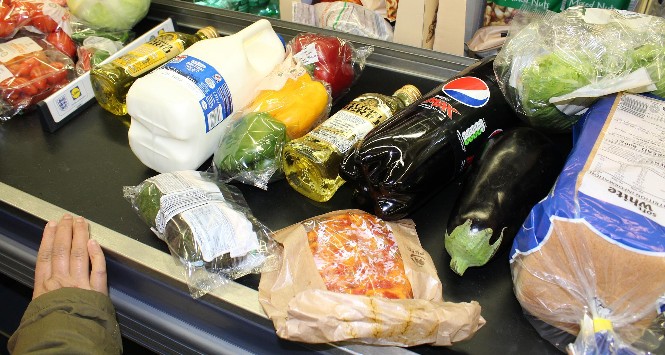Grocery industry education and training charity IGD has published a report summarising the findings to date from a study into nudging healthier consumer choices in stores.
The research, which forms part of a longer programme of work in collaboration with the Consumer Data Research Centre at the University of Leeds, continues this year, with findings from major UK retailers due in the winter.
The latest report highlights key levers identified as crucial to nudging consumers towards healthier and more sustainable food choices. It covers a period of more than four years in which consumer research exploring shoppers’ attitudes and buying behaviours was undertaken, followed by trials into alternative placements of foods, incentivisation (pricing) and communications to customers.
Behaviour change in stores has long been a challenge, and it is widely understood that there is a difference between what consumers say will change their behaviours and buying habits.
Cost is considered the primary factor in shopping choices, with 37% of consumers surveyed citing it as a major barrier to healthy diets.
The research showed that in 2022, when a variety of promoted fruit and vegetables were priced at 60p in a major retailer, there was a 78% increase in sales of portions of promoted fruit and vegetables. However, three weeks into the four-week intervention period, sales of the promoted fruit and vegetables declined, suggesting the effectiveness of the intervention decreased with time.
Vouchers could also have a key role to play, as when a £2 top-up was provided to the Government’s Healthy Start Vouchers, 13 more portions of fruit and veg were being bought per redeeming transaction in one major retailer.
Placement in the aisles of a store is also a key lever for change. Multiple trials have seen a fall in spending on unhealthy items when they are removed from the convenience area near check-outs. When one retailer removed confectionery from off-fixture displays and introduced a ‘Fresh 3’ fixture instead, there was an increase in sales of healthier products in the first 30 weeks.
Lastly, effective and well-positioned customer communications, or ‘signposting’ has been recognised as behaviour change. One trial saw messages about calories, fat, saturated fat, sugar and fibre displayed next to products. Shoppers proved more open to switching to healthier options when messages focused on calories or sugar.







